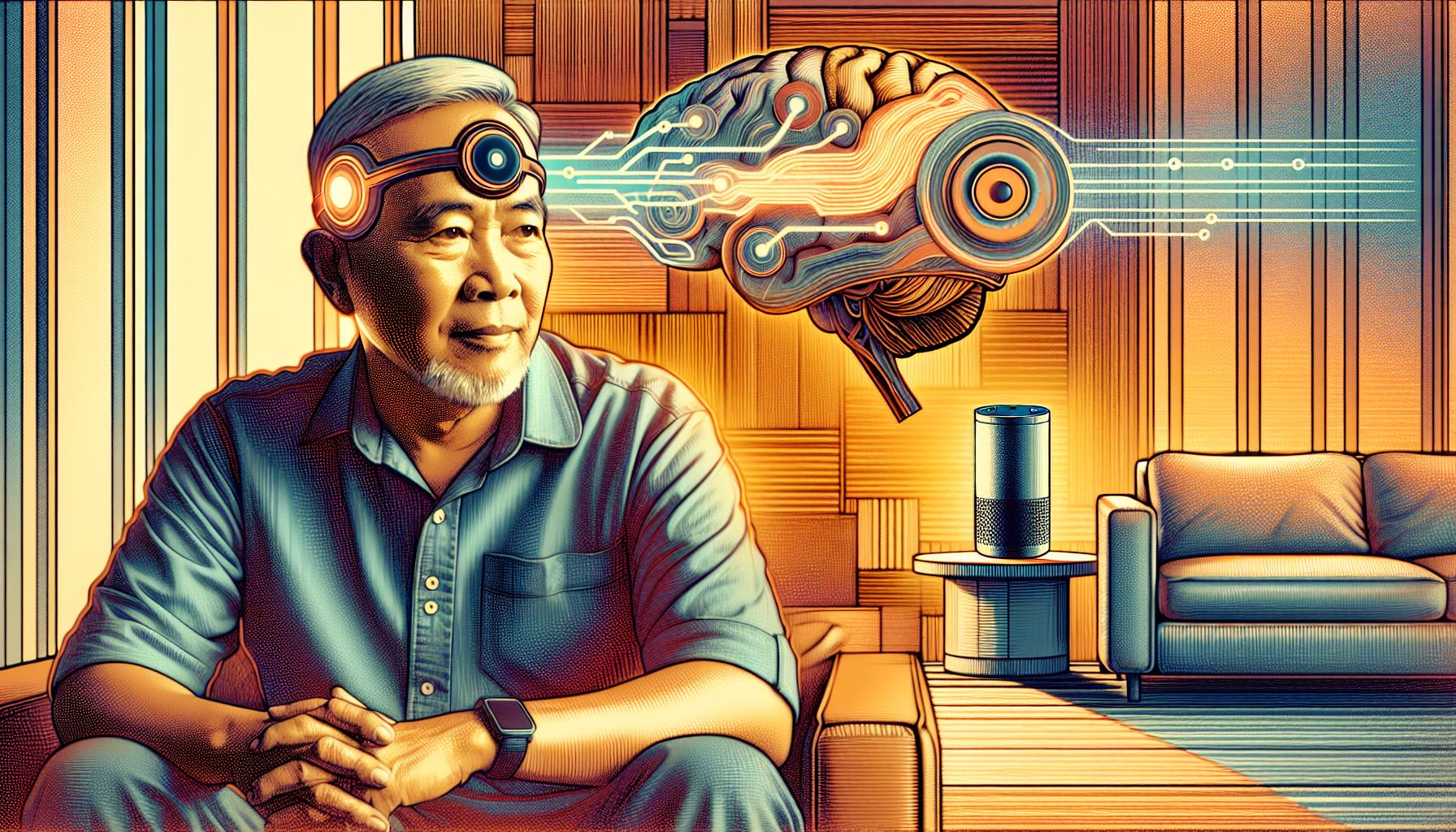Thought-Controlled Smart Homes: A Reality for ALS Patient

New York, Wednesday, 18 September 2024.
A 64-year-old man with ALS has successfully controlled Amazon’s Alexa and smart home devices using only his thoughts, thanks to Synchron’s brain-computer interface. This groundbreaking technology allows hands-free and voice-free operation, potentially revolutionizing accessibility for those with physical limitations.
The Innovation
The neurotechnology company Synchron, based in New York, has developed a brain-computer interface (BCI) that enables individuals with physical limitations to control smart home devices using only their thoughts. This advancement was demonstrated by a 64-year-old ALS patient named Mark, who successfully operated Amazon’s Alexa and various smart home devices without using his hands or voice. The BCI translates thoughts into commands, which are then relayed to Alexa, allowing the user to perform tasks such as turning on lights, making video calls, and streaming shows.
How It Works
The core component of Synchron’s system is a device called the ‘Stentrode,’ which is implanted in a blood vessel on the surface of the brain. This device, equipped with electrodes, detects motor intent signals from the brain. These signals are transmitted wirelessly to a tablet, where the user can select options simply by thinking about them. Once a selection is made, Alexa executes the command, enabling the user to control various smart home functions seamlessly.
Comparisons with Neuralink
Synchron’s approach is notably less invasive compared to other BCI technologies, such as Neuralink, which requires the device to be implanted directly into the brain tissue. Synchron’s Stentrode is inserted via the jugular vein and does not necessitate opening the skull, making the procedure safer and potentially more acceptable to patients. While Neuralink’s technology boasts a higher number of electrodes (1,024 compared to Synchron’s 16), Synchron’s simpler and less invasive method may offer a more practical solution for many patients.
Real-World Applications and Future Prospects
The successful trial with Mark highlights the potential of Synchron’s BCI to significantly enhance the quality of life for individuals with severe physical disabilities. Mark was able to perform everyday tasks such as making video calls and controlling smart home devices, which restored a sense of independence. Synchron has already tested this technology on multiple participants, including earlier trials that allowed users to control an Apple Vision Pro mixed reality headset. As the technology progresses, it promises to make smart homes more accessible and provide greater autonomy to those with motor impairments.
Challenges and Future Research
Despite these promising advancements, Synchron’s BCI technology is still in the experimental phase and requires further research and regulatory approval before it can be widely available. The company is working closely with the FDA to navigate the clinical, regulatory, and coverage challenges associated with bringing such innovative technology to market. As Synchron continues to refine and expand its capabilities, the potential applications of BCI technology could extend far beyond smart home controls, offering new ways to interact with and control a wide range of digital devices.

